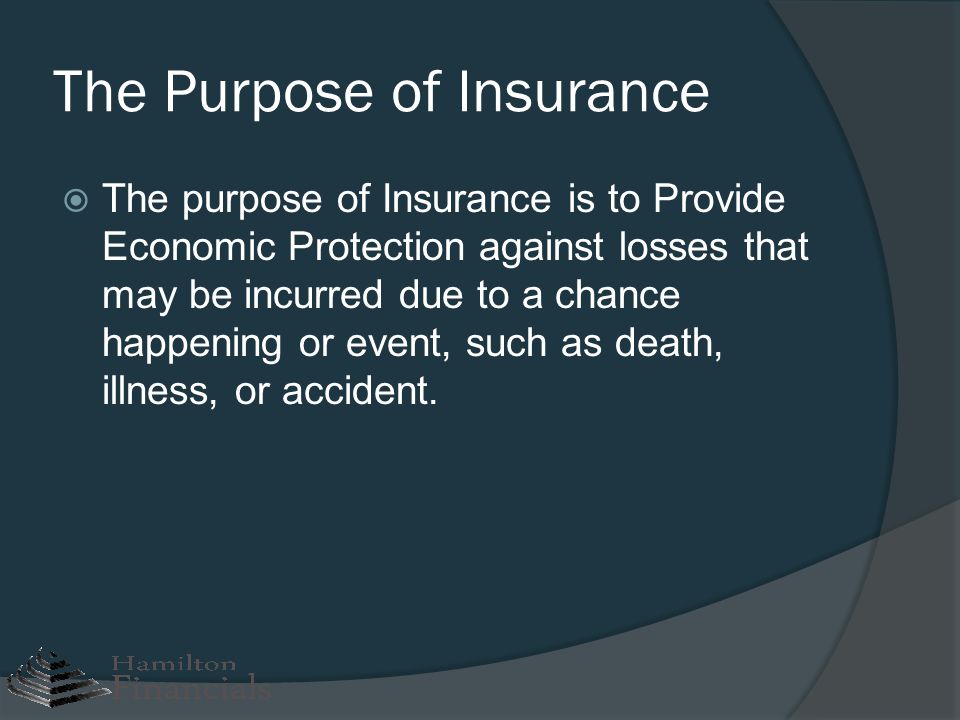Indicators on Pacific Prime You Should Know
Indicators on Pacific Prime You Should Know
Blog Article
The Pacific Prime Statements
Table of ContentsThe Of Pacific PrimeNot known Facts About Pacific PrimeFascination About Pacific PrimeNot known Facts About Pacific PrimeThe Ultimate Guide To Pacific Prime

This is due to the fact that the information were collected for a duration of solid economic performance. Of the estimated 42 million individuals that were without insurance, just about concerning 420,000 (about 1 percent) were under 65 years old, the age at which most Americans end up being eligible for Medicare; 32 million were grownups between ages 18 and 65, about 19 percent of all adults in this age group; and 10 million were children under 18 years old, concerning 13.9 percent of all children (Mills, 2000).
These price quotes of the variety of individuals without insurance are produced from the yearly March Supplement to the Existing Population Survey (CPS), performed by the Census Bureau. Unless or else kept in mind, nationwide price quotes of people without health insurance coverage and proportions of the population with different sort of insurance coverage are based upon the CPS, one of the most widely used resource of estimates of insurance protection and uninsurance prices.
Little Known Questions About Pacific Prime.

Still, the CPS is particularly beneficial because it generates yearly estimates relatively rapidly, reporting the previous year's insurance coverage approximates each September, and because it is the basis for a constant collection of quotes for even more than 20 years, permitting evaluation of trends in insurance coverage with time. For these factors, as well as the considerable use of the CPS in other studies of insurance policy protection that exist in this report, we count on CPS price quotes, with constraints noted.

The price quote of the number of uninsured people broadens when a populace's insurance condition is tracked for several years. Over a three-year period starting early in 1993, 72 million people, 29 percent of the U.S. https://packersmovers.activeboard.com/t67151553/how-to-connect-canon-mg3620-printer-to-computer/?ts=1712004612&direction=prev&page=last#lastPostAnchor. population, were without protection for a minimum of one month. Within a solitary year (1994 ), 53 million people experienced at the very least a month without coverage (Bennefield, 1998a)
6 out of every 10 uninsured adults are themselves utilized. Although working does boost the chance that one and one's member of the family will have insurance, it is not a guarantee. Even participants of families with 2 full-time wage earners have virtually a one-in-ten possibility of being uninsured (9.1 percent without insurance rate) (Hoffman and Pohl, 2000).
Fascination About Pacific Prime
New immigrants make up a significant percentage of people without medical insurance. One analysis has connected a substantial section of the current development in the dimension of the united state uninsured population to immigrants who arrived in the nation in between 1994 and 1998 (Camarota and Edwards, 2000). Current immigrants (those that came to the USA within the past 4 years) do have a high price of being without insurance (46 percent), yet they and their children account for just 6 percent of those without insurance across the country (Holahan et al., 2001).
The hop over to these guys partnership between health and wellness insurance coverage and access to care is well developed, as recorded later on in this chapter. Although the relationship in between health and wellness insurance and health and wellness results is neither direct neither basic, a substantial professional and wellness solutions research literary works links health insurance coverage to better accessibility to care, better top quality, and enhanced individual and population health and wellness status.
Degrees of evaluation for checking out the effects of uninsurance. This discussion of medical insurance protection focuses primarily on the U.S. population under age 65 due to the fact that essentially all Americans 65 and older have Medicare or various other public protection. Additionally, it focuses specifically on those with no medical insurance for any type of length of time.
Pacific Prime for Beginners
The troubles faced by the underinsured are in some aspects comparable to those dealt with by the uninsured, although they are normally much less severe. Health insurance, however, is neither essential neither adequate to gain accessibility to medical services. The independent and straight effect of wellness insurance policy coverage on access to health solutions is well established.
Others will certainly acquire the wellness treatment they need also without medical insurance, by paying for it out of pocket or seeking it from companies who supply care totally free or at very subsidized rates. For still others, medical insurance alone does not guarantee invoice of care due to the fact that of various other nonfinancial barriers, such as a lack of healthcare service providers in their neighborhood, minimal accessibility to transport, illiteracy, or etymological and social differences.
Some Known Incorrect Statements About Pacific Prime
Formal research concerning uninsured populations in the USA dates to the late 1920s and very early 1930s when the Committee on the Price of Medical Care generated a collection of records concerning financing doctor office brows through and hospitalizations. This issue came to be salient as the numbers of medically indigent climbed during the Great Clinical depression.
Report this page